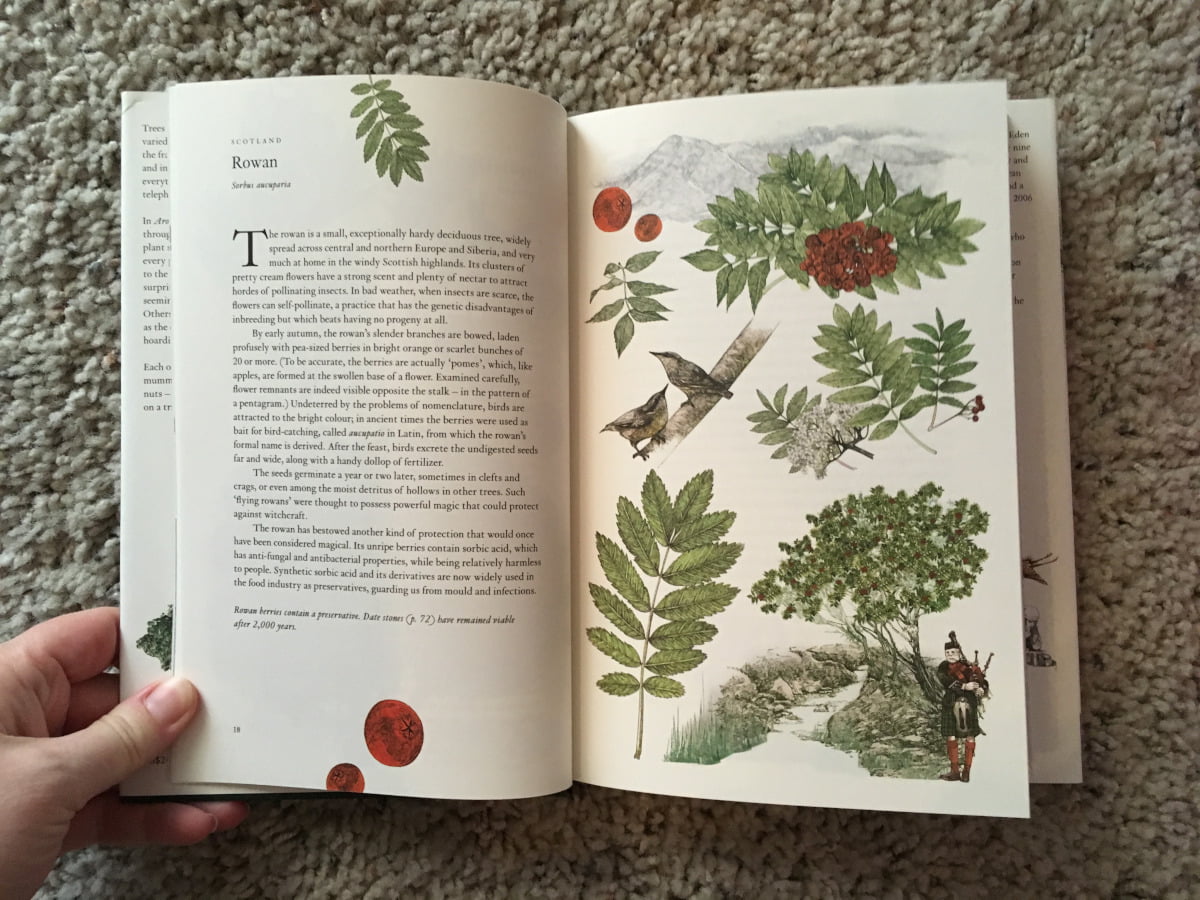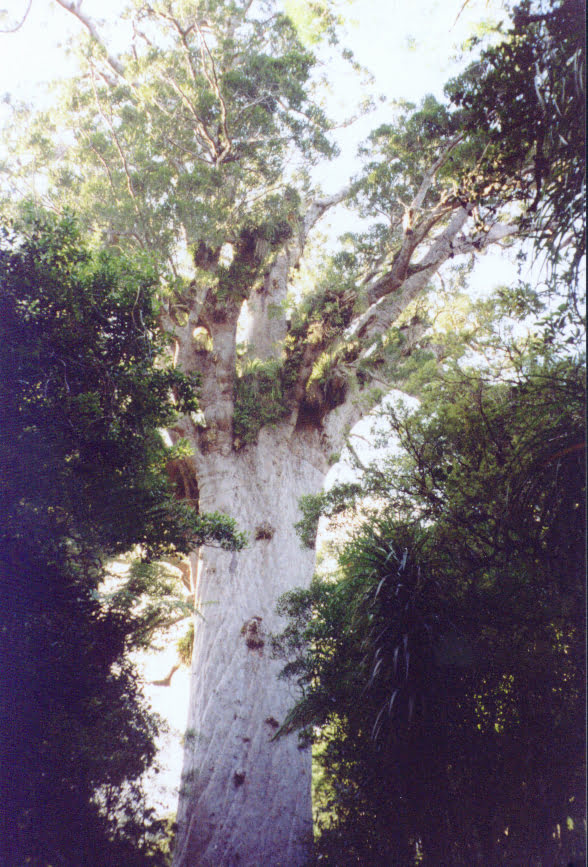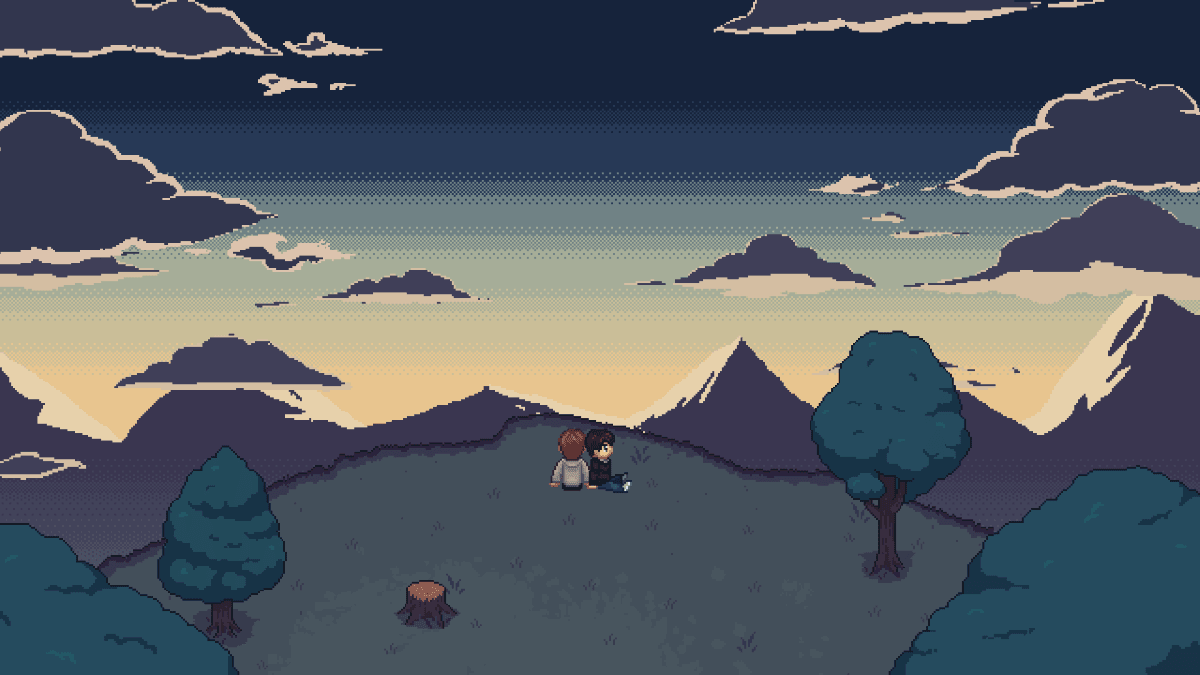
Standing in amongst trees, tall trees that tower over me and make me feel my smallness on our planet, brings me a great sense of peace. It lessens my anxiety and reminds me that nature is still out there, beyond my doorstep.
I live in a desert. Trees grow here, but, except for the pine trees of the forests and the rare deciduous tree of a stream bank, they are pretty short and squat. When water is scarce, growing tall isn’t a priority. Fighting for sun here in Arizona is never a necessity. There’s plenty to go around for all of the trees. But, with our shorter tree population, I miss being surrounded by the sometimes ancient and towering plants that can be found elsewhere. So for those times when I’m not able to visit other ecosystems and other kinds of trees (which is most of the time), there is a new book I can turn to.
The Book
Around the World in 80 Trees, written by Jonathan Drori and beautifully illustrated by Lucille Clerc, is a nicely sized hardcover book with a dust jacket and thick pages. The book begins with a short introduction, and then immediately goes in depth into 80 different trees from all around the world. Grouped by geography, you’ll see some familiar trees included, such as Elm, Beech, Olive, Rubber, and Sugar Maple, but there will be plenty of new tree species to discover, such as Kapok, Yaupon, Jarrah, Neem, and Peepul. The end of the book contains an invaluable list of further reading and resources, aimed at all audiences, including: books for the lay reader, books for those who prefer to delve deeper, books organized by location and theme, books with an even narrower focus, and freely available online resources.

The bulk of the book is taken up by the trees themselves, however. Each of the 80 trees gets a 2- to 4-page treatment of its features, surrounded by gorgeous illustrations of its leaves, bark, seeds, flowers, inhabiting animals and insects, and, of course, the tree in full. There are also sometimes illustrations of the tree’s surroundings, such as local building styles. It looks like the illustrations are done in a richly colored pencil, but the images are extremely detailed and striking. Publisher Laurence King has interviewed the illustrator to bring us more information.
Each tree entry starts out by describing the tree physically, how it grows, what its leaves look like, and what kind of climate it requires, and then talks about why it is the way it is and how it adapted to protect itself or to thrive. It also describes some of the uses of each tree, such as the cork from the Cork Oak and quinine from the Quinine tree. One of my favorite parts is when we learn about the self-defensive abilities of the trees, showing us just how amazing science and nature can be.

You can see more of the gorgeous art from the book and listen to an interview with Jonathan Drori, the author, about the journey of creating this book. It’s worth a watch/listen.
Trees, to Me

Trees have always been important to me. From climbing them as a kid to sitting in their shade to just enjoying their company. But two tree experiences stand out in my life. One is the few visits I’ve had to the California Redwoods, where the trees grow so straight and, oh, so tall. Their reddish color stands in stark contrast to the otherwise green forests, and you feel humbled by their height and age. These kinds of forests are so quiet, muffling out all but the immediately local sounds of nature, animals, insects, and sometimes running water. The redwood forests are also so shady, which is a nice change from the almost inescapable sun where I live.

The second experience was when I visited the Kauri trees of the North Island of New Zealand. When I researched the trip in advance, I knew I wanted to see these trees in person. Since New Zealand was a completely different part of the world, farther from the U.S. than I’d ever been, I knew the flora and fauna would be quite interesting. It was. Spending time in this forest was one of the most enjoyable parts of the trip. The forest of Kauri trees was gorgeous, and I was able to walk among them for some time. Then, seeing the extra-large, extra-ancient trees, among the merely large ones, was a real treat.
Around the World in 80 Trees is available now. Because of its gorgeous, study-worthy illustrations and the science and fascinating facts included for each tree, this book has earned a permanent place on my bookshelves. If you have even a passing interest in trees or nature art, I highly recommend this book. It would also be a great reference for homeschoolers who are doing a unit study on trees, or learning about geography through botany.
Note: I received this book at no cost, but my life-long adoration of both trees and beautiful art are all my own.



